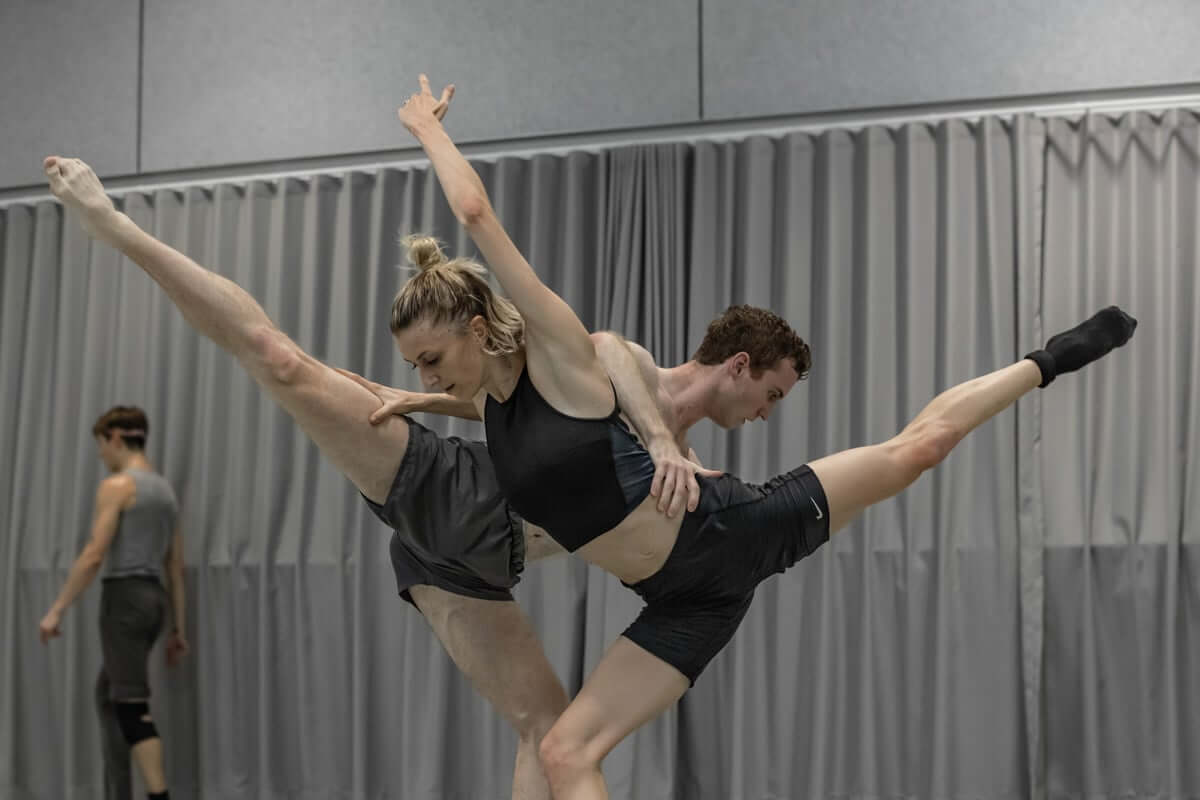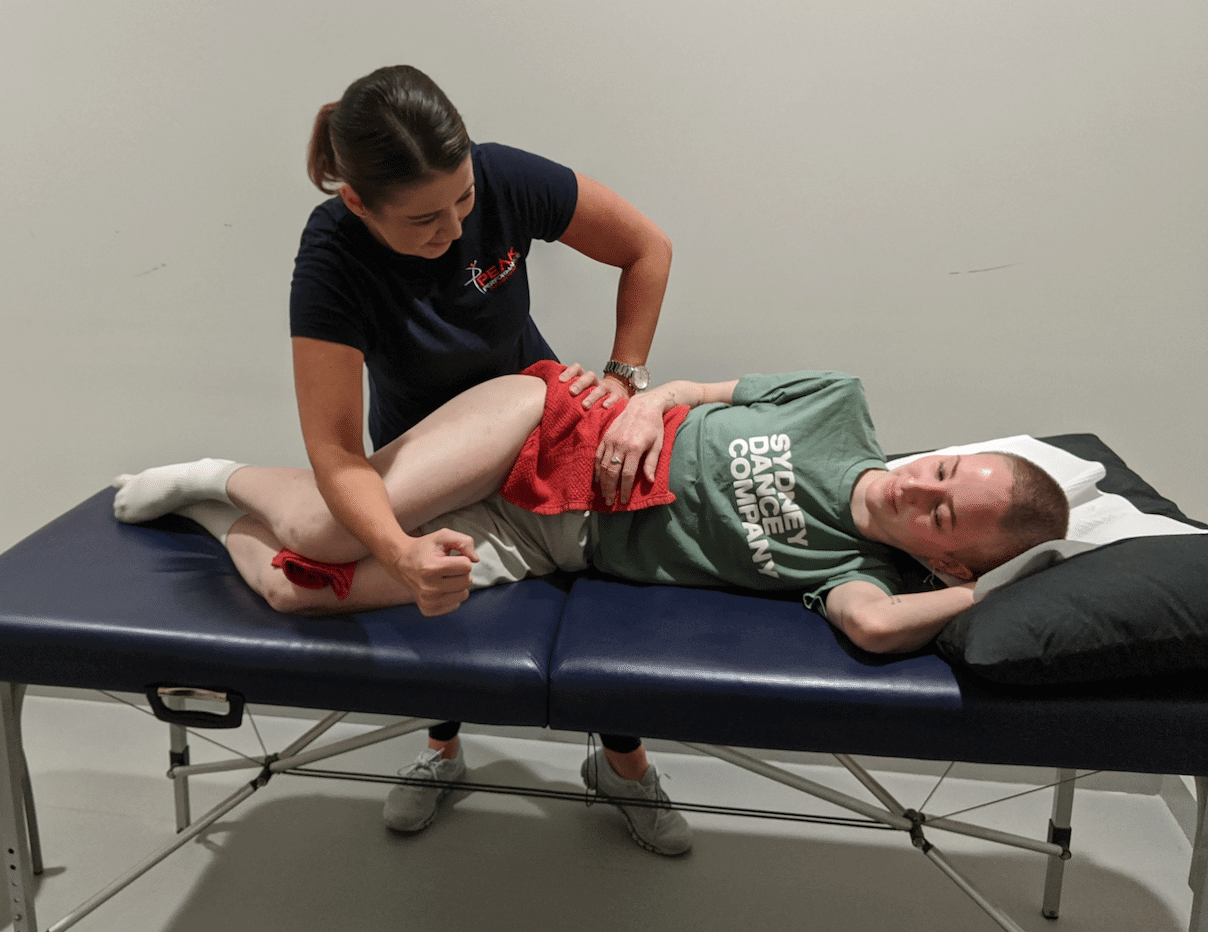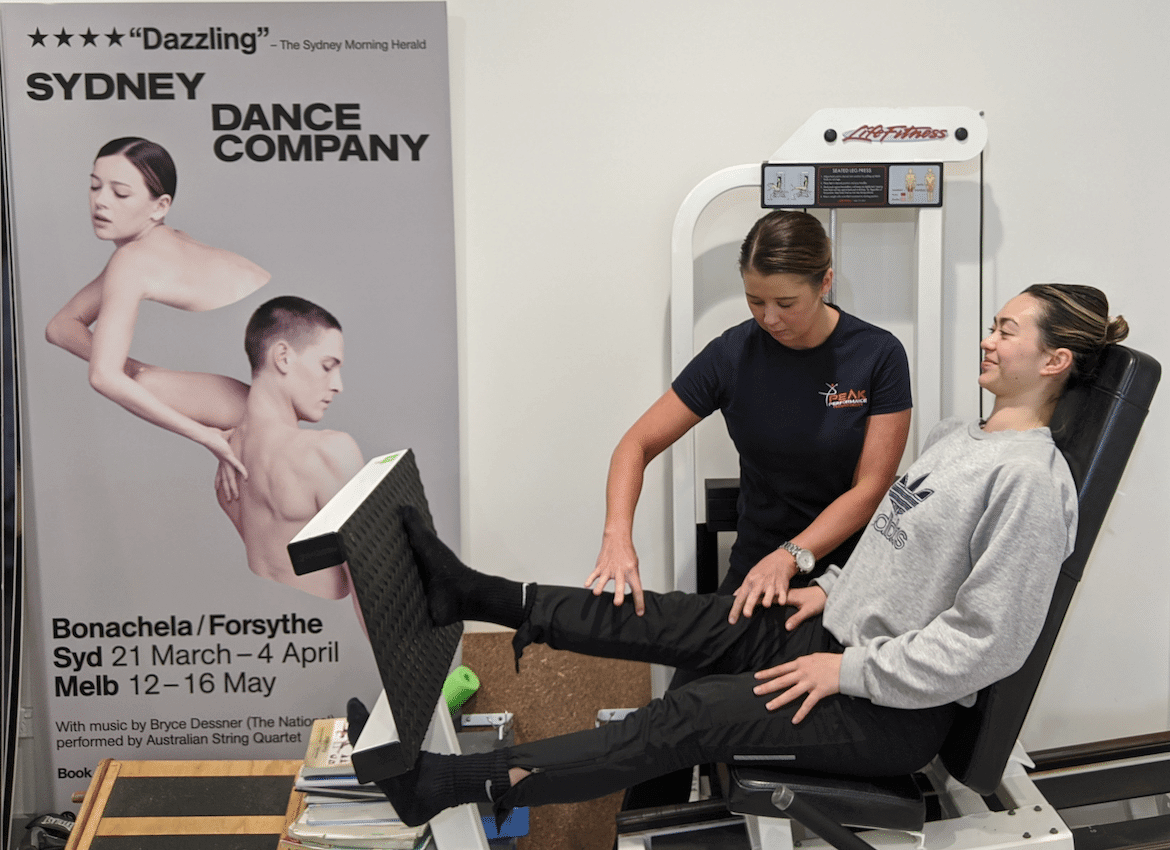Company dancer Juliette Barton on juggling motherhood


published
Photographer
“When working with professional dancers, seeing them return to the stage post injury with a smile on their face and greater knowledge of their own body makes being a physiotherapist the best job in the world.”
As Australia’s leading elite contemporary dance company, it is vital that the dancers of Sydney Dance Company have access to exceptional physiotherapy and expert Prehabilitation and Rehabilitation advice. Sydney Dance Company’s Head of Physiotherapy Ashlea Mary Cohen chats to us about some of the key injuries that occur in dancers and how through her treatment approach she strives to create lasting positive results.
Dancers have a wide variety of injuries but among the most reported are injuries to the lumbar spine, hip, knee, ankle and foot. This is due to the demands placed on the body by the high movement range required, combined with a high level of plyometric work that is undertaken.

Elite professional dancers are just like other athletes in terms of the level of commitment, hours spent exercising and the physical demands placed on the body. Whilst these similarities exist, the amount of mobility required to be an elite level dancer who is required to perform on different stages, in different states and countries and whose style of performance is constantly changing due to different choreographers, places them at a greater risk of a variety of complex injuries.
Treatment consists of rehabilitating acute injuries, as well as placing specific focus on developing programs for each individual dancer to optimise joint range, muscle strength, endurance and power while ensuring an adequate cardiovascular fitness level is maintained to prevent injury.
One of the largest differences in the rehabilitation of elite dancers to other athletes is that it is often rare for a dancer to completely stop exercising despite an injury. Dancers are always provided with alternate solutions to prevent deconditioning and ensure cardiovascular fitness is maintained to allow for a faster return to full dance participation.

The research reported that professional dance is an extremely demanding form of physical activity with high injury rates. Specifically, most injuries were acute in nature and were new injuries. This outcome proved that while the dancers’ injuries are being rehabilitated correctly, a greater focus on the potential risk and cause of the injuries needs to be addressed in order to prevent reoccurrence.
The research also prompted us to put more energy into creating a future program which allows for a reduction in load when someone is unwell or in order to reduce injury.
Being a physiotherapist is more than just a job. It allows me to meet some amazing individuals and assist them in their rehabilitation journey. Nothing makes me smile more than working extremely hard with a patient through an injury to achieve their goals. Particularly, when working with professional dancers, seeing them return to the stage post-injury with a smile on their face and greater knowledge of their own body makes being a physiotherapist the best job in the world.